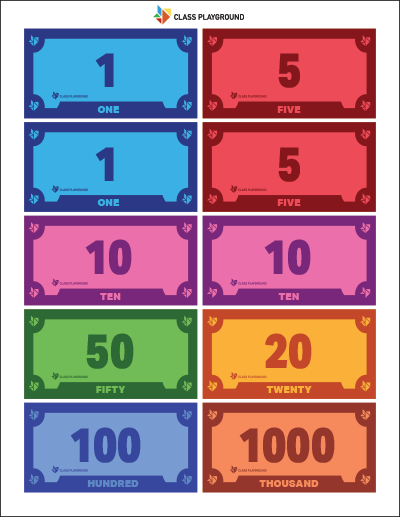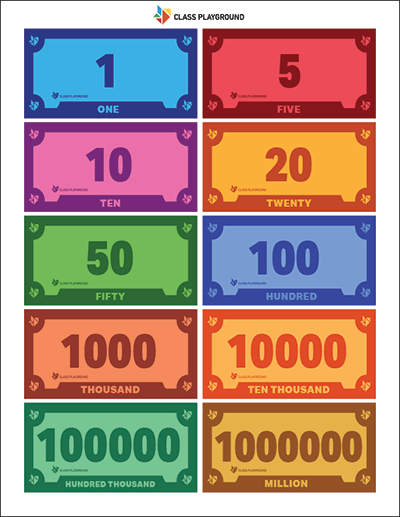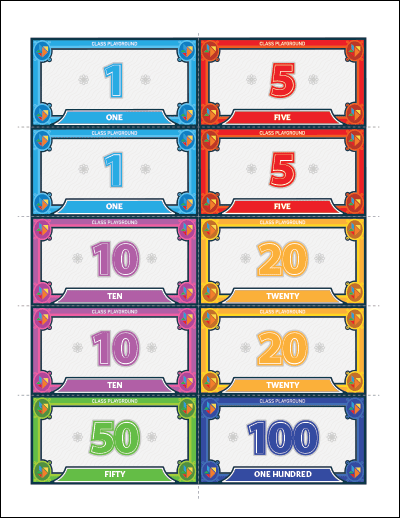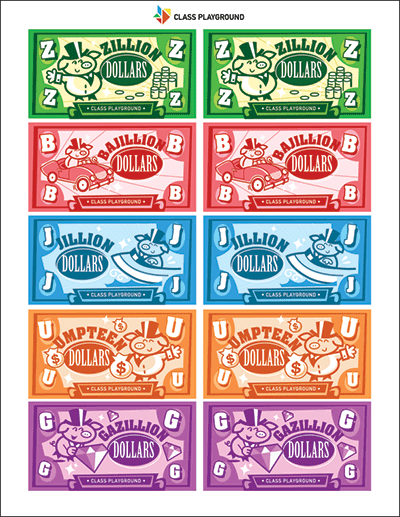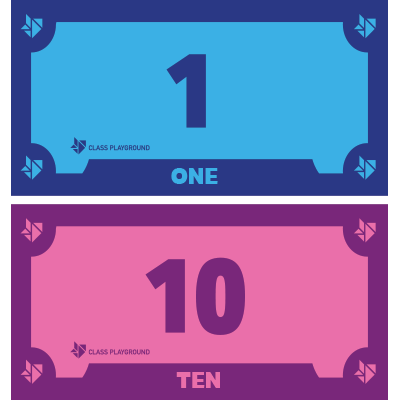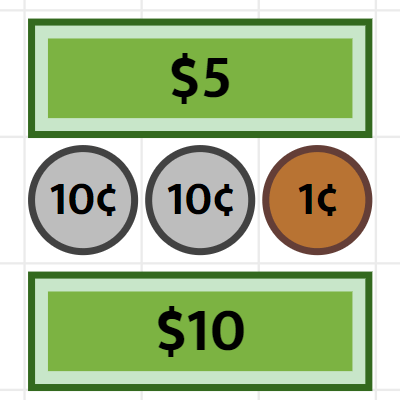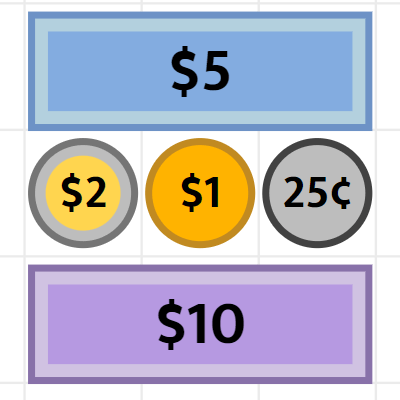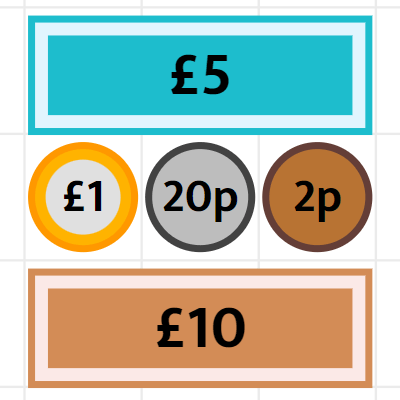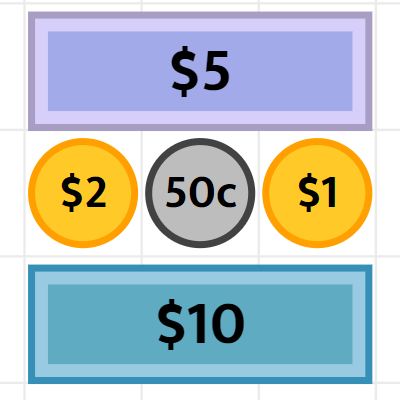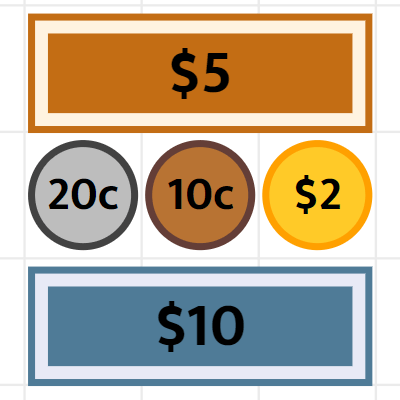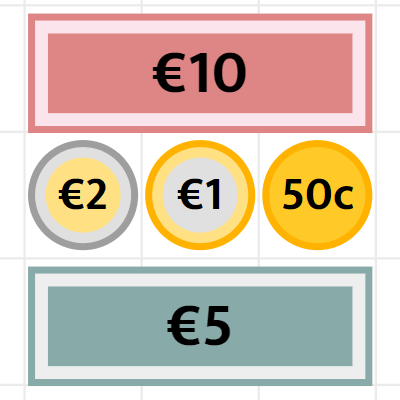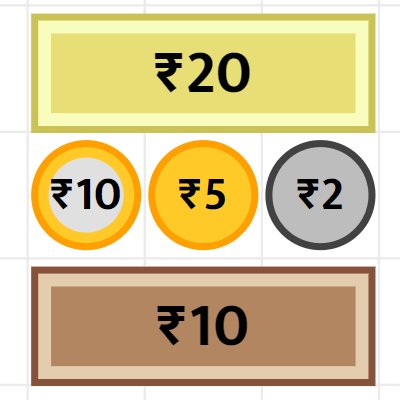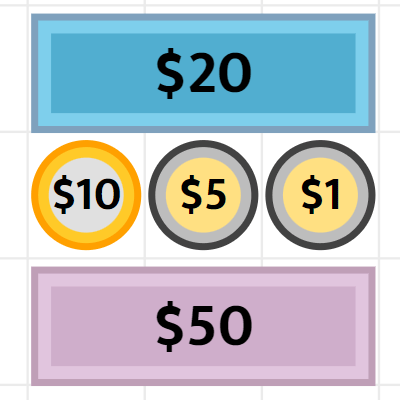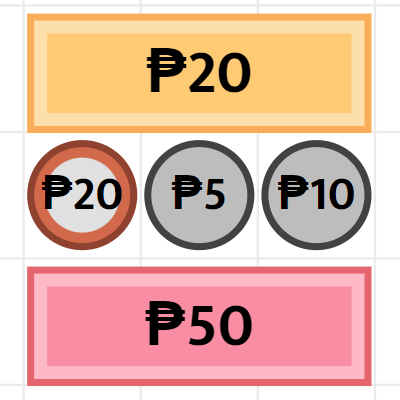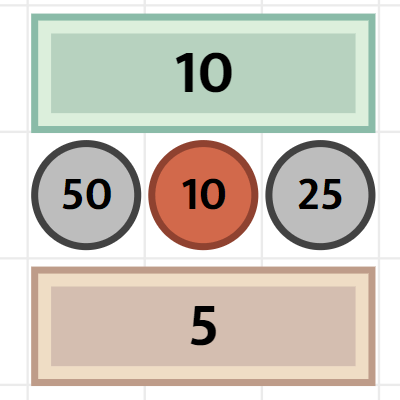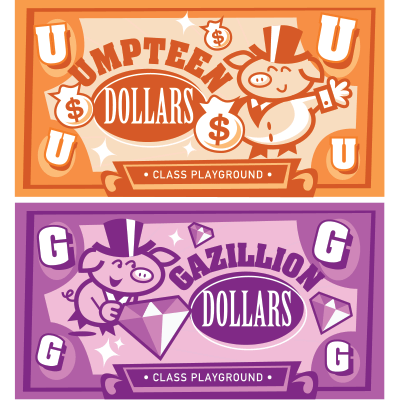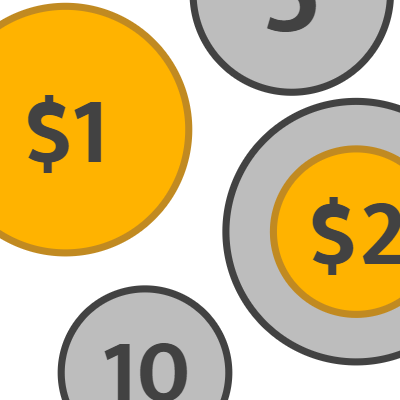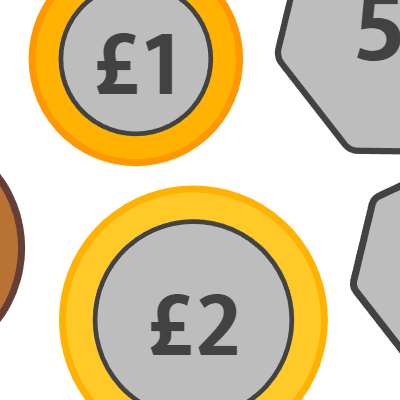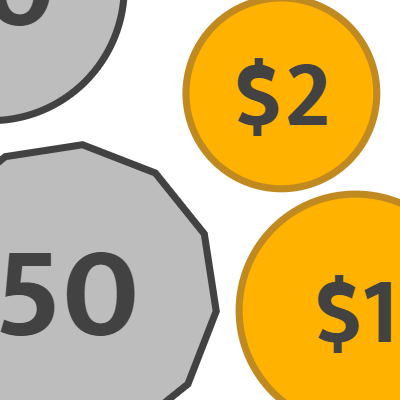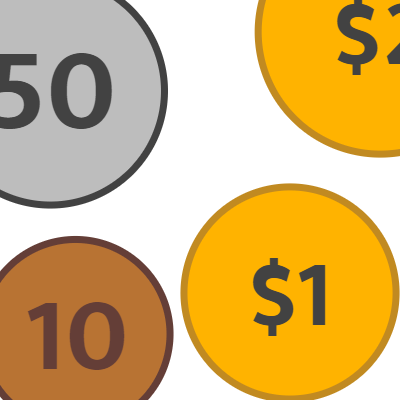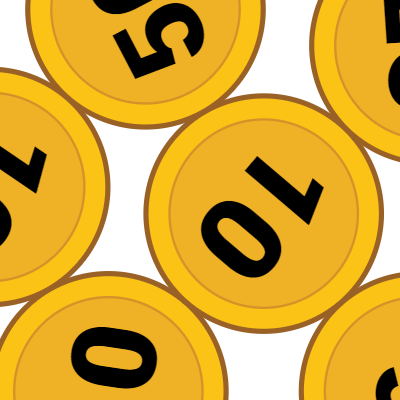Learning the Value: Teaching Money
Teaching money in elementary school is an essential step in building financial literacy. It’s more than recognizing coins and bills—students also need to understand value, practice making change, and solve real-life math problems that prepare them for everyday decisions. For hands-on support, explore our money printables or try Toy Theater’s Money Manipulatives for interactive practice.
Why Teach Money in Elementary Math?
Introducing money concepts early is important for several reasons:
- Real-World Application: Money is part of daily life. Teaching students about money helps them practice counting, making change, and understanding buying and selling in meaningful contexts.
- Builds Math Skills: Learning with coins and bills strengthens addition, subtraction, multiplication, and division. It also naturally connects to fractions and decimals.
- Promotes Financial Literacy: Early exposure to money management fosters saving, budgeting, and making responsible choices—skills students will carry into adulthood.
- Enhances Problem-Solving: Working through money word problems teaches students to think critically, compare options, and apply math to real situations.
- Prepares for the Future: From digital payments to online shopping, financial awareness is vital in the modern economy. Teaching money equips children with skills to navigate these systems with confidence.
Classroom Activities
- Classroom Store: Turn your room into a marketplace where students “buy” and “sell” items using play money. This builds understanding of cost, change, and budgeting.
- Coin Rubbing Art: Place coins under paper, rub with crayons or pencils, and label each with its name and value. A fun way to combine art with money recognition.
- Money Bingo: Use bingo cards with amounts of money. Call out a total, and students must find the right coin combination. Great for building fluency.
- Coin Sorting: Give students mixed coins to sort and count. Extend by having them calculate the total in each group.
- Puzzle Match: Create puzzles where students match coins with their values. A hands-on way to reinforce recognition.
- Role-Playing: Set up a pretend grocery store or restaurant so students can order items, calculate costs, and practice making change.
- Money Jars: Students “earn” classroom play money for good work or behavior, save it in jars, and later use it for rewards. A simple lesson in saving and goal setting.
Conclusion
Teaching money through hands-on activities, games, and real-life scenarios helps children build confidence in math and financial decision-making. By connecting lessons to the world around them, you’re preparing students with skills they’ll use for a lifetime.

